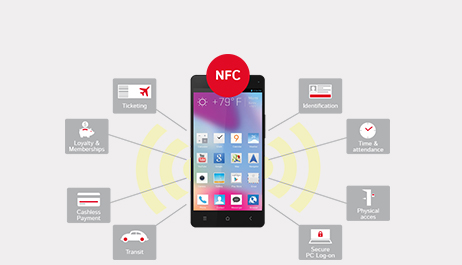
Internet of Things
As of 2014, the vision of the Internet of Things has evolved due to a convergence of multiple technologies, ranging from wireless communication to the Internet and from embedded systems to micro-electromechanical systems (MEMS). This means that the traditional fields of embedded systems, wireless sensor networks, control systems, automation (including home and building automation), and others all contribute to enabling the Internet of Things (IoT).
"Things," in the IoT sense, can refer to a wide variety of devices such as wearable devices, heart monitoring implants, biochip transponders on farm animals, electric clams in coastal waters, automobiles with built-in sensors, or field operation devices that assist firefighters in search and rescue operations.
These devices collect useful data with the help of various existing technologies and then autonomously flow the data between other devices. Current market examples include smart thermostat systems and washer/dryers that use Wi-Fi for remote monitoring, and/or BTLE (Bluetooth low energy interface, etc.).
Besides the huge of new application areas for Internet connected automation to expand into, IoT is also expected to generate large amounts of data from diverse locations that is aggregated very quickly, thereby increasing the need to better index, store and process such data.




